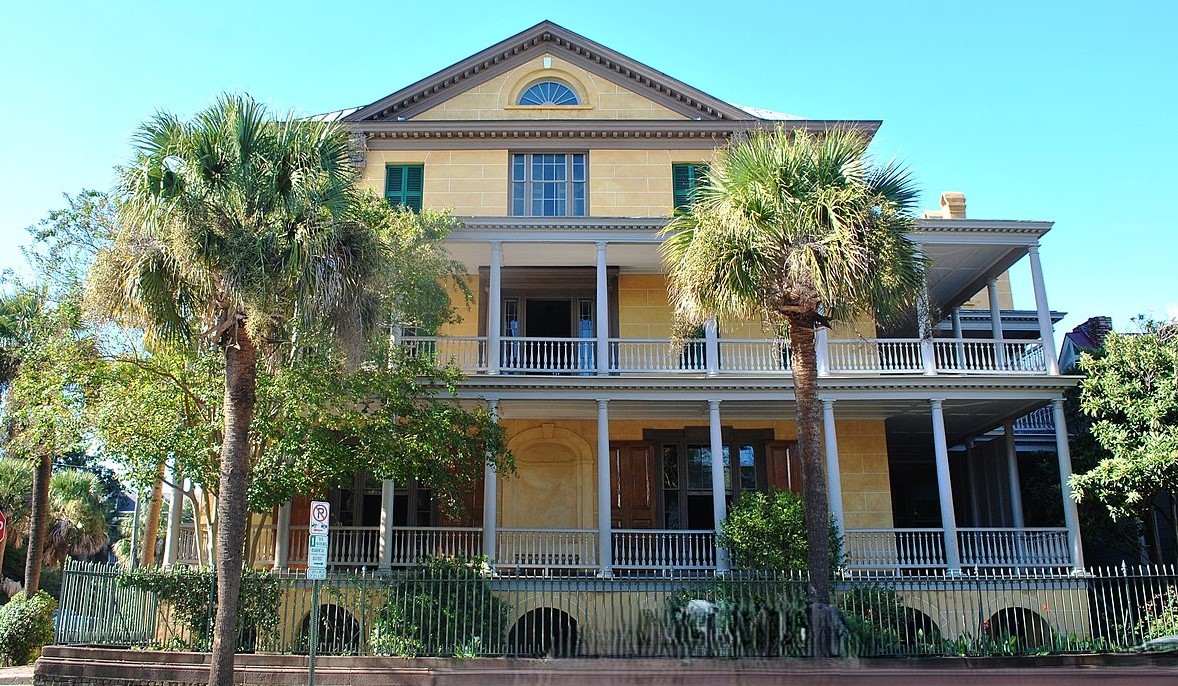The Aiken-Rhett House Museum tells a compelling tale of urban life in antebellum Charleston through the eyes of the powerful and wealthy Governor and Mrs. William Aiken, Jr. and the enslaved Africans who maintained their house, property, and way of life.
Built in 1820 by merchant John Robinson, the Aiken-Rhett House is nationally significant as one of the best-preserved townhouse complexes in the nation. Vastly expanded by Governor and Mrs. William Aiken, Jr. in the 1830s and again in the 1850s, the house and its outbuildings include a kitchen, the original slave quarters, carriage block and back lot. The house and its surviving furnishings offer a compelling portrait of urban life in antebellum Charleston, as well as a Southern politician, slaveholder and industrialist. The house spent 142 years in the Aiken family's hands before being sold to the Charleston Museum and opened as a museum house in 1975.
A preserved-as-found preservation approach has been taken, meaning the structure and contents are left in an “as-found” state, including furniture, architecture and finishes that have not been altered since the mid 19th century. The only restored and air-conditioned room in the house, the art gallery, showcases paintings and sculpture the Aiken family acquired on their European Grand Tour.
While many dependency buildings in Charleston have been demolished or adapted, the Aiken-Rhett slave quarters – with their original paint, floors and fixtures – survive virtually untouched since the 1850s.
Credit: Overview from museum website
